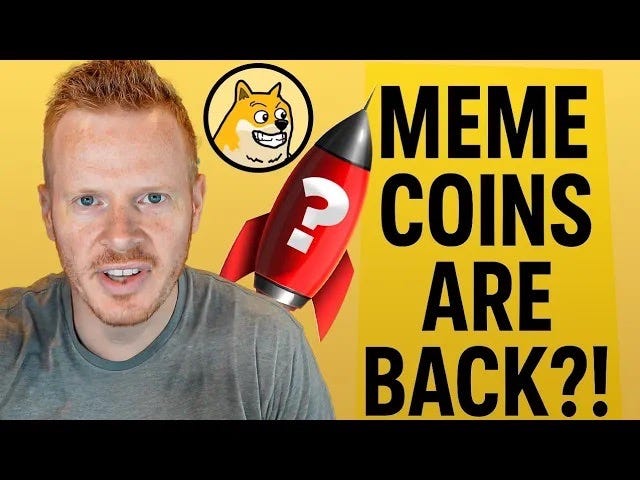They Paid Me to Review a Meme Coin — How MaxiDoge Proves the Power (and Pitfalls) of Internet Hype
What if I told you a crypto project with almost no utility and a meme for branding raised nearly $4 million? That’s the world of meme coins — strange, thrilling, and sometimes risky. And yes, when MaxiDoge offered to sponsor my review, I agreed (because, let’s be real, content creators have bills to pay!). But my promise to you is honesty: I tested the hype, picked apart the project, and distilled what actually drives these viral coin stories.
Why Meme Coins Matter — Even If You’re Not Into Crypto
You might have never bought crypto or have zero interest in blockchain. That’s fine. The story of meme coins, and especially MaxiDoge, is really about how internet communities and viral ideas move money. It’s about attention as currency.
- Simple, shareable ideas make memes explosive. MaxiDoge — even with goofy branding and minimal “real” features — showed how storytelling and community can build momentum out of thin air.
- Most serious crypto fans (and cautious investors) warn: meme coins are more casino than investment. The community knows it’s a gamble. But some love the game.
Behind the Meme: How MaxiDoge Works
Here’s what pops out when you look at projects like MaxiDoge:
- 25% to exposure, 40% to marketing, 15% to developers: The creators admit they’re here to make money — and pay for visibility.
- No illusion of utility: This isn’t a “next big DeFi protocol” or a tool for anything other than fun and speculation.
- Community as king: If the project has fans who love the theme, spam X/Twitter, and build memes together, viral price action often follows.
- Roadmap highlights: Sometimes the roadmap is as meme-worthy as the coin. MaxiDoge promises things like “drink Red Bull” and “1,000x leverage trade.” It’s all about the joke — and people buy in for the fun.
- Danger zones: Rug pulls, price dumps, fake hype. It’s easier to lose money than make it, and bots sometimes fake community interest.
The MaxiDoge Experiment — My Approach
I’m candid: I don’t stake meme coins or go big on them. I put in “small tuition bets” — $100 here, $100 there. If 10 bets go to zero, but one pumps massively, it pays for the rest. Never, ever use rent money or grocery funds. MaxiDoge isn’t a retirement plan; it’s a lottery ticket.
Before you dive in:
- Join the community. Are people genuinely excited or just shilling nonstop?
- Plan your exit. If you make a profit — take it. Holding for a year could mean zero.
- Safety first. Study the tokenomics, see who’s behind it, and watch out for vague promises.
- Real talk: In five years, most meme coins vanish. MaxiDoge itself could be gone next year.
What We Learn from Meme Coin Mania
Even if you never buy crypto, meme coins like MaxiDoge are lessons in internet attention, community building, and how viral narratives work. Projects succeed when people rally behind a simple, funny idea — and sometimes, that’s enough to change bank balances overnight.
If you want to see how I broke down the hype, tested the risks, and gave my unfiltered thoughts on MaxiDoge, check out the video here:
👉 They Paid Me to Review a Meme Coin (MaxiDoge) — I Tested the Hype
Let’s talk meme coins, crypto crazes, and online communities in the comments. Did MaxiDoge teach you something? Or just give you a laugh?
Share this if you know someone trying to “make it” in crypto — or anyone who needs a lesson in digital hype!
Not financial advice. Always use tiny budgets and think before you leap. You probably won’t get rich quick, but you might learn something wild about how the internet moves money.
If you found this helpful, clap, comment, and share! For more honest breakdowns of trending projects, follow me on Medium — and tell me what you want dissected next. 🚀
